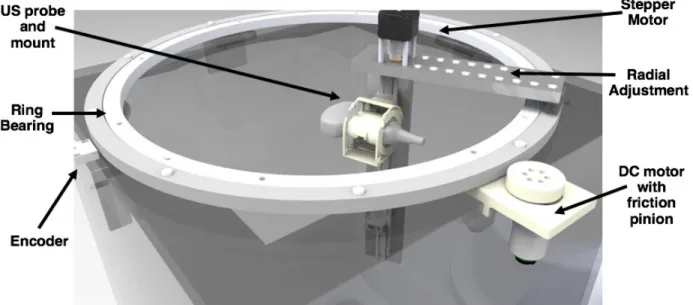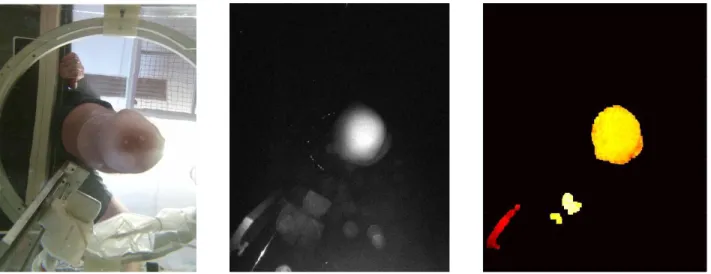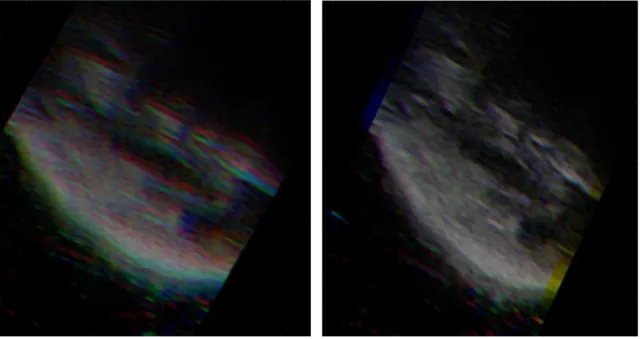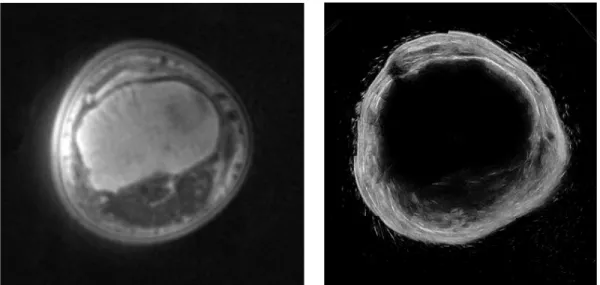3D optical imagery for motion compensation in a limb ultrasound system
Texte intégral
Figure




Documents relatifs
،ﻭﻴﺯﻨﺃ 1992 ﺹ ، 83 .( ﻲﺴﻨﺠﻟﺍ ﻉﺎﺒﺸﻹﺍ ﻥﺃ ﺙﻴﺤﺒ ،ﺔﻴﺴﻨﺠﻟﺍ ﺓﺩﻭﺭﺒﻟﺍ ﻰﻟﺇ ﻱﺩﺅﺘ ﺔﻁﺭﻔﻤﻟﺍ ﺔﻴﺸﻭﺴﺎﻤﻟﺍ ﻥﺃ ﺎﻤﻜ ﺎﻬﻠﻫﺎﺠﺘ ﻥﻜﻤﻴ ﻻ ﺔﻴﺸﻭﺴﺎﻤﺒ ﻡﺯﺘﻟﺍ ﻭﺃ ﻪﻘﻓﺍﺭ ﺍﺫﺇ ﻻﺇ ﻡﺘﻴ ﻻ ﻑﺼﻭ ﺩﻘﻟﻭ
[r]
The former is a representative of CNN models and the latter is a representative of recur- rent neural network (RNN) models. Both methods are used because of the temporal
The observed current densities for anthraquinone, fluorene, nitroazobenzene, and bis-thienyl benzene for d = 7−10 nm show no correlation with occupied (HOMO) or unoccupied
Screens to identify factors that control seam cell exit from the cell cycle A screen for mutants in which the seam cells undergo extra divisions during
This paper proposed to maximize the posterior distribution asso- ciated with a hierarchical Bayesian model for fusing multispectral and hyperspectral images using a block
Mean annual change with 95% confidence interval for each neuropsychological test (in latent cognitive process unit) for a 71.8 year-old woman with a low level of education. *denotes